How to using lapping film to polish fiber optic connectors
Using lapping film to polish fiber optic connectors involves several detailed steps to ensure a clean and precise finish, which is crucial for optimal signal transmission. Here’s a comprehensive guide based on technical articles and instructional YouTube videos:
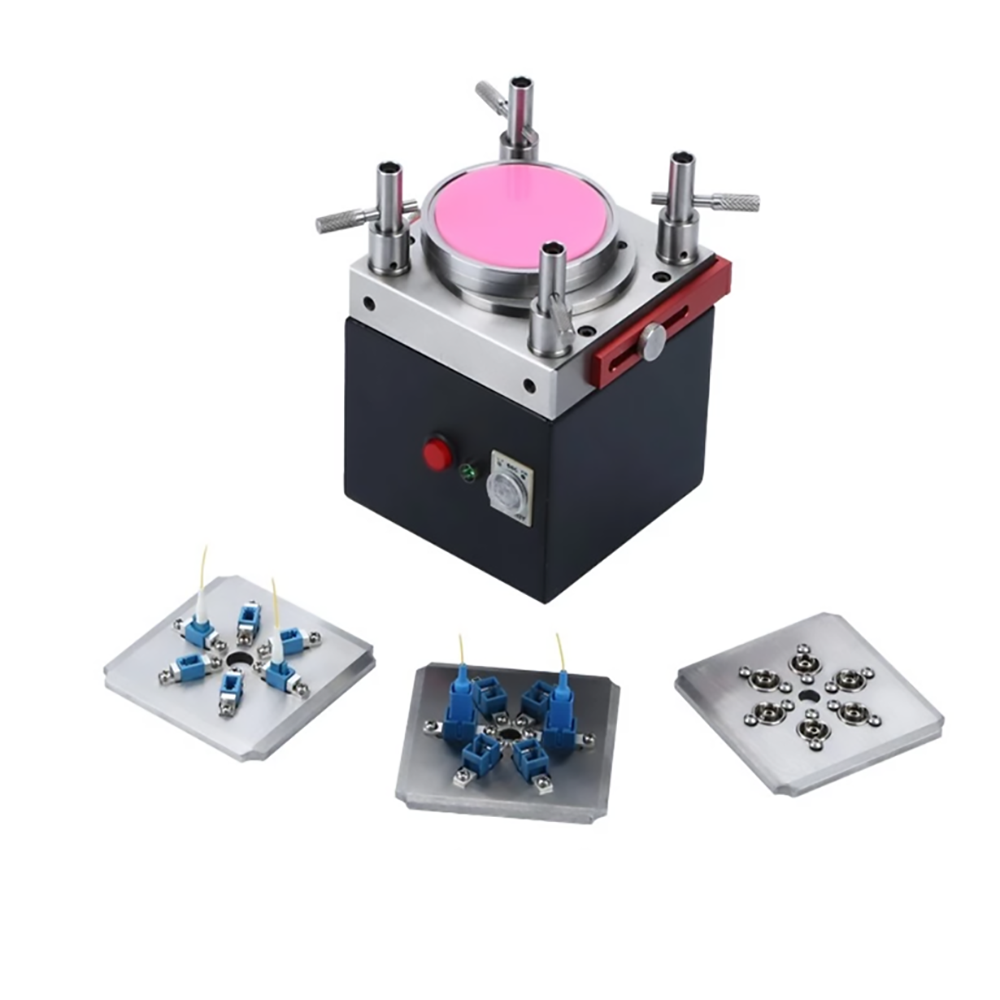 Materials and Tools Needed
Materials and Tools Needed
- Fiber optic connector (e.g., FC, SC, ST, LC, MU, MTP, MPO, MTRJ)
- Lapping films (various grit sizes, typically 1µm, 3µm, 9µm)
- Polishing puck or jig
- Polishing plate (typically glass)
- Fiber optic cleaning supplies (alcohol, lint-free wipes)
- Microscope (for inspection)
- Water (for wet polishing)
- Fiber optic cleaver (optional, for preparing fiber)
Step-by-Step Polishing Procedure
1. Preparation
- Clean the Fiber Connector: Use alcohol and lint-free wipes to clean the connector ferrule to remove any dirt or residue.
- Prepare the Polishing Film: Cut the lapping film into appropriate sizes if not pre-cut. Attach the film to the polishing plate.
2. Coarse Polishing
- Setup: Place the connector in the polishing puck.
- Use Coarse Grit Film (9µm): Begin with a coarse grit film to remove major scratches and achieve a basic polish.
- Wet the Film: If wet polishing is preferred, lightly dampen the film with water.
- Polish: Apply light pressure and move the puck in a figure-eight motion. Ensure even pressure to avoid damaging the ferrule.
3. Intermediate Polishing
- Use Intermediate Grit Film (3µm): Switch to a medium grit film for further smoothing.
- Wet the Film: Continue with wet polishing for better results.
- Polish: Repeat the figure-eight motion, applying consistent pressure. Check the ferrule surface periodically to assess progress.
4. Fine Polishing
- Use Fine Grit Film (1µm): Finish with a fine grit film for a mirror-like finish.
- Wet the Film: Maintain the wet polishing method.
- Polish: Perform the figure-eight motion gently to achieve the final polish.
5. Inspection and Cleaning
- Inspect the Connector: Use a microscope to inspect the ferrule end-face for scratches, pits, or debris.
- Clean Again: If necessary, clean the connector with alcohol and lint-free wipes.
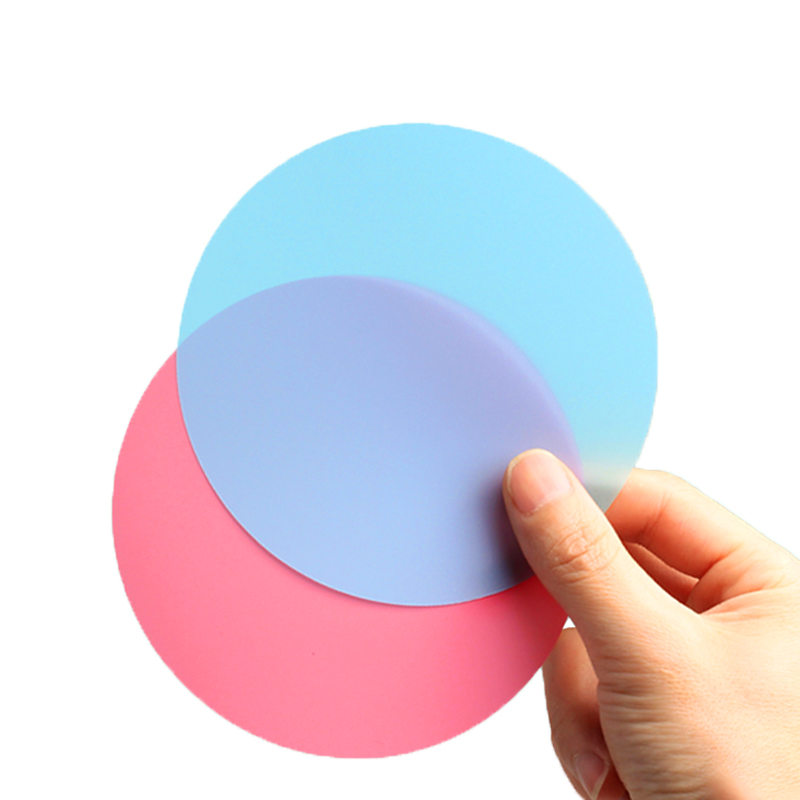 Tips for Effective Polishing
Tips for Effective Polishing
- Consistent Motion: Always use a consistent figure-eight motion to ensure even polishing.
- Regular Inspection: Inspect the connector periodically during polishing to avoid over-polishing or under-polishing.
- Proper Pressure: Apply light, even pressure to prevent damaging the connector.
Additional Resources
For visual learners, several YouTube tutorials can provide a step-by-step demonstration of the process:
- Fiber Optic Polishing Tutorial
- How to Polish Fiber Optic Connectors
- Fiber Optic Connector Polishing Techniques
Conclusion
Polishing fiber optic connectors with lapping film requires attention to detail and consistent technique to achieve optimal performance. By following the steps outlined above, you can ensure that your fiber optic connectors are polished to a high standard, ensuring efficient and reliable signal transmission. For more detailed guidance, consult specific manufacturer instructions and additional resources.
For more information on high-quality lapping films and polishing supplies, visit polishingfilm.com or contact us at sales@xytbrands.com | +8615702088819.
-

Telecommunications
-

Automotive
-
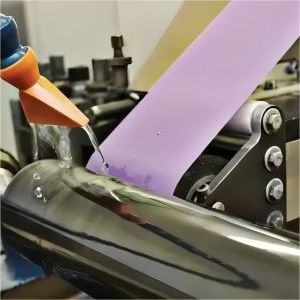
Roller finishing
-
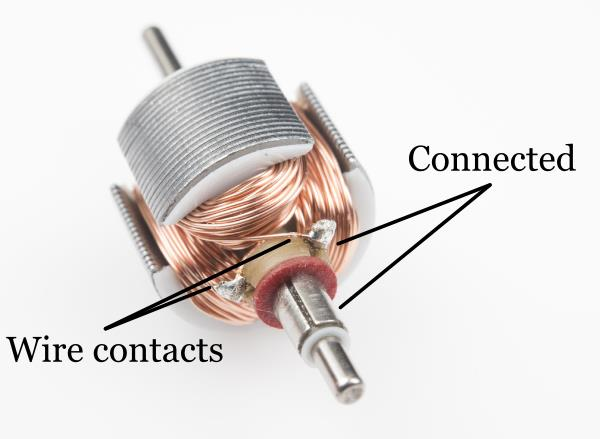
Electronics
-
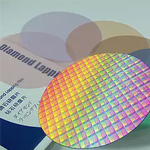
Semiconductors
-
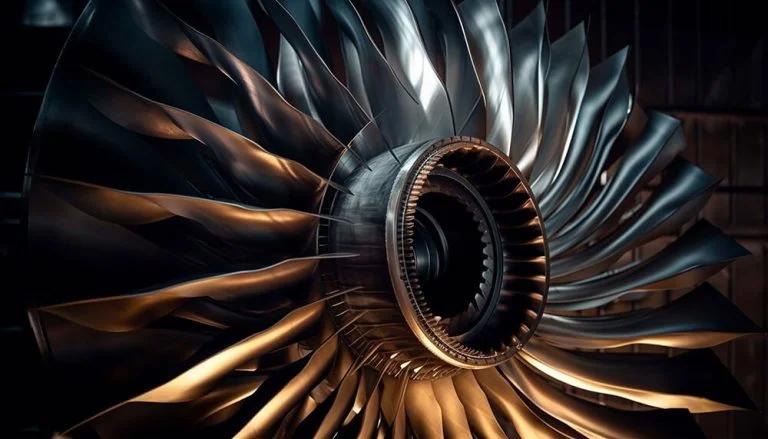
Aerospace
-
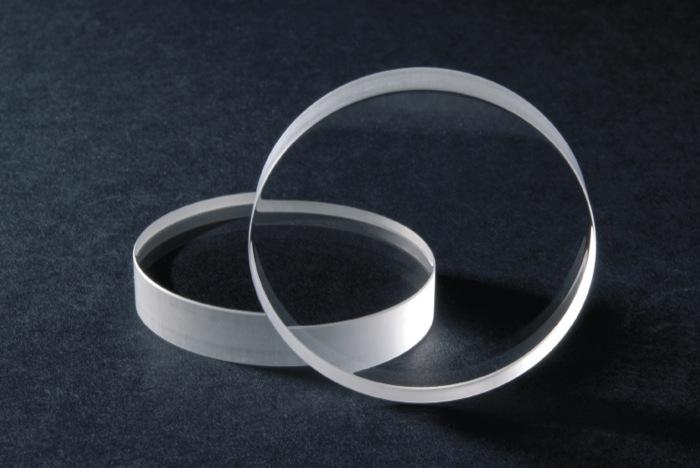
Optical Glass Crystal
-

Jewellery lapidary
-

Medical
-

Oil & Gas
-

Food Processing
-
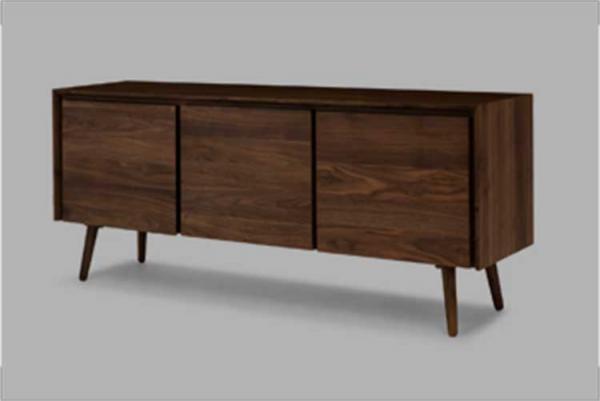
Furniture and Wood industry
-
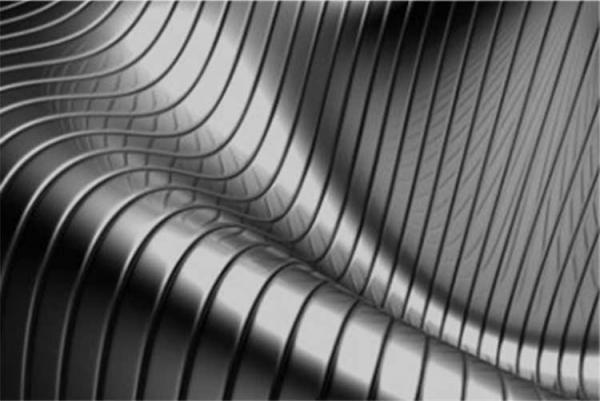
Metals Finish
-
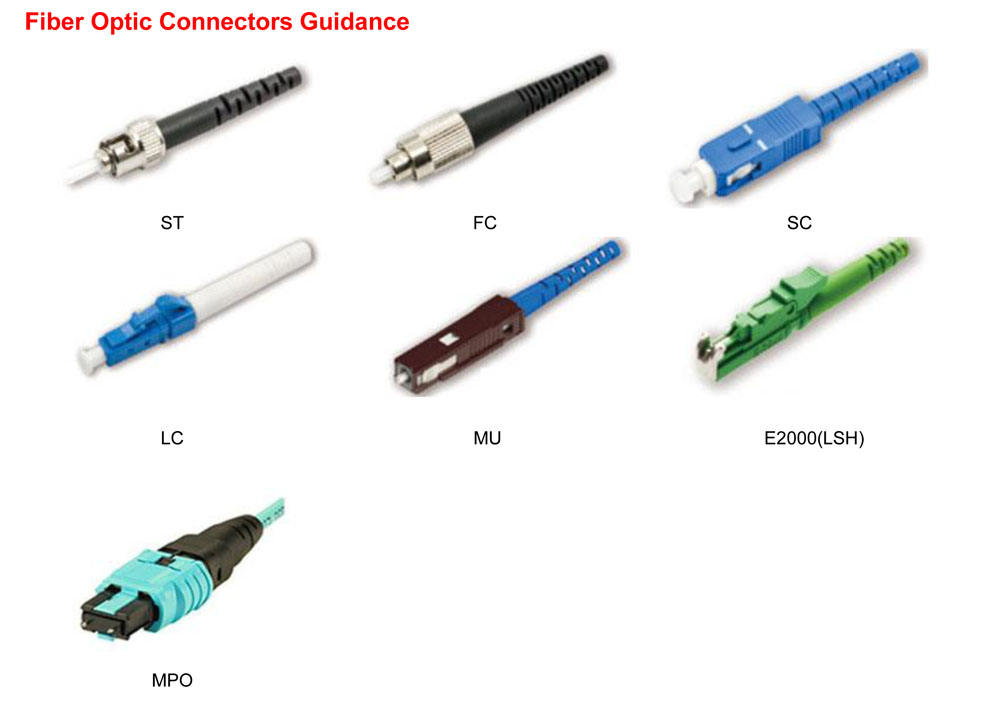
Fiber Optics Polishing
-
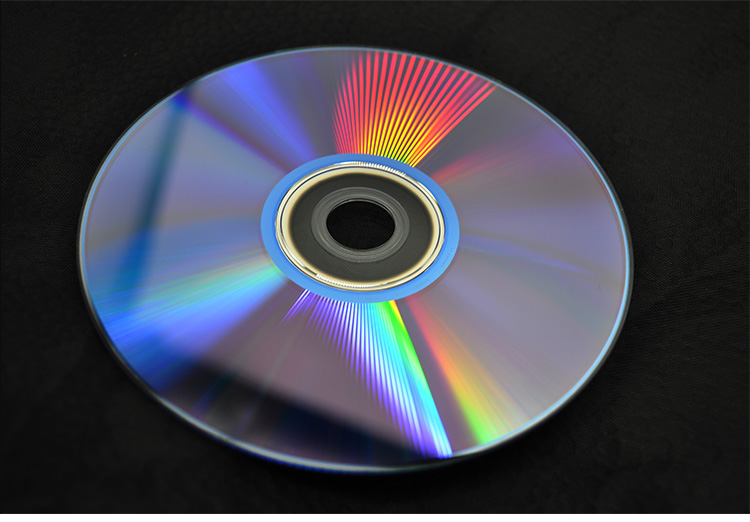
Music industry
-
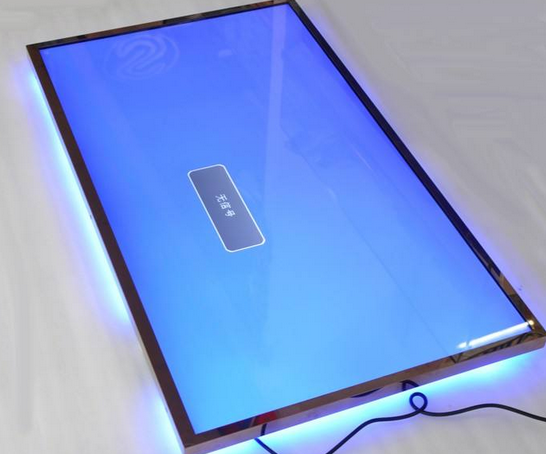
LED LCD Panel
-
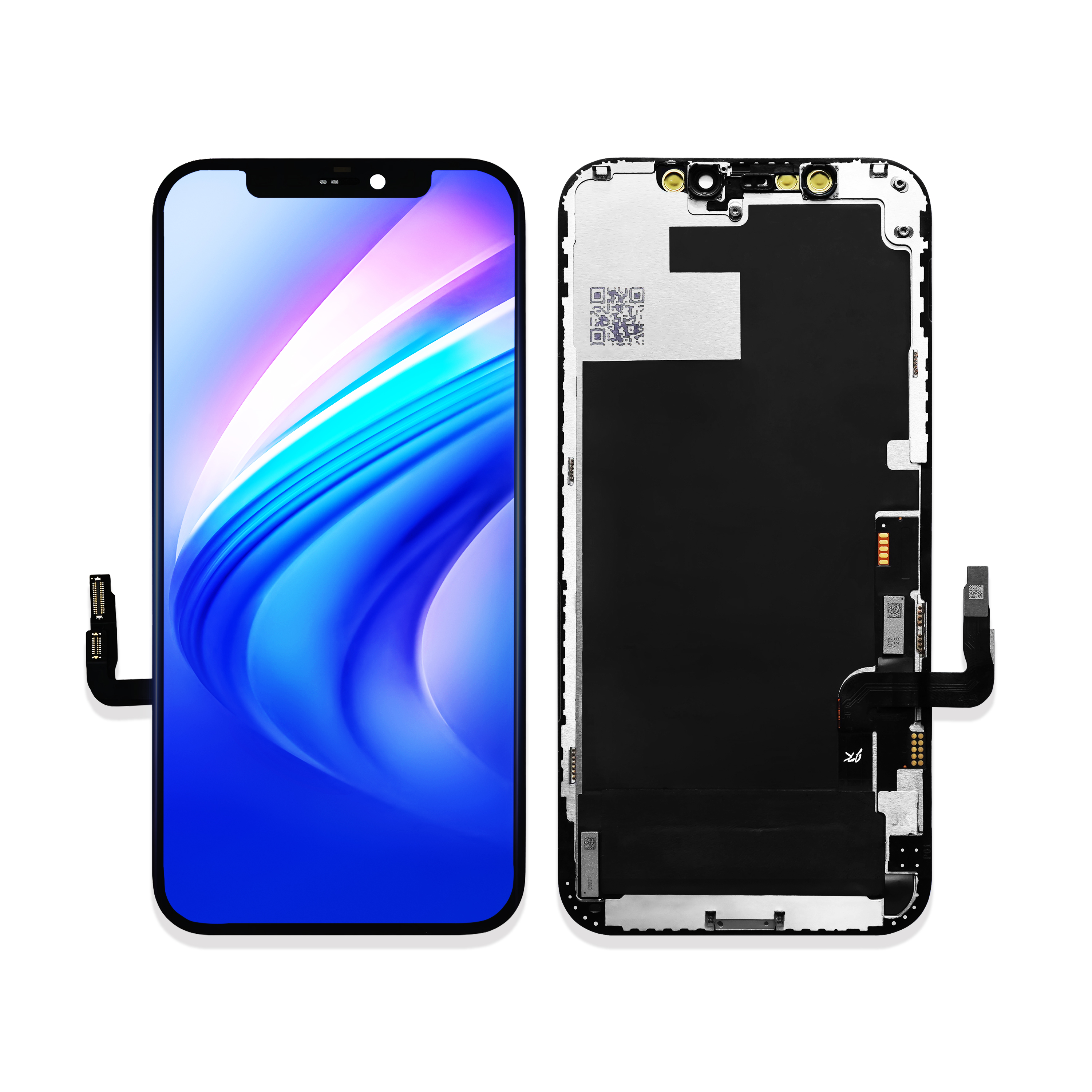
Mobile Phone Industry
-
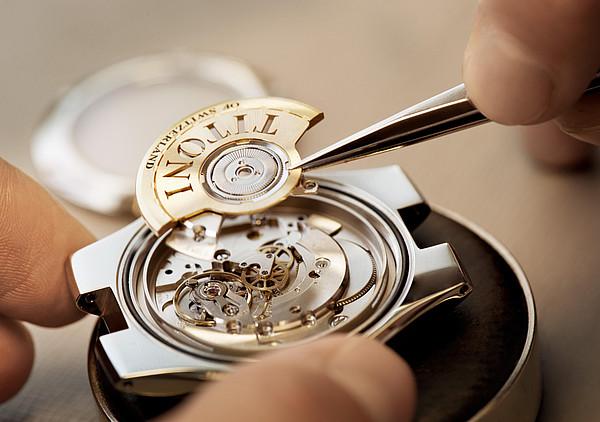
Watch
-
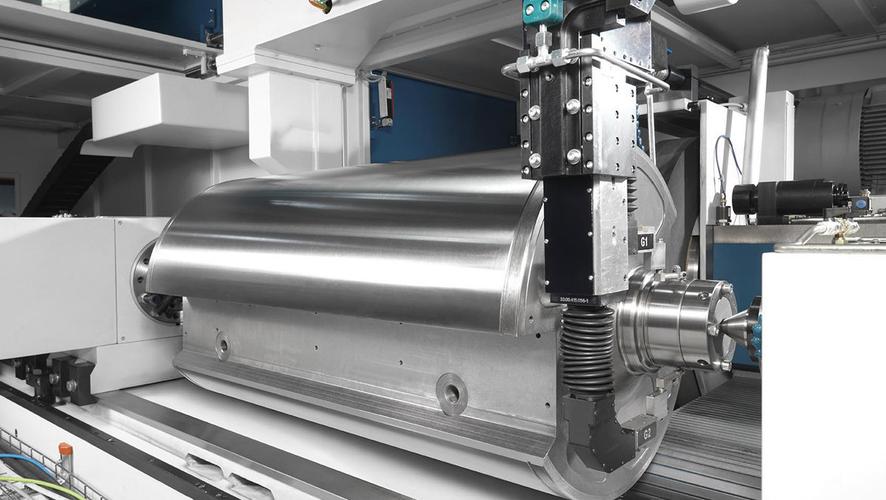
Printing and Paper industry
-
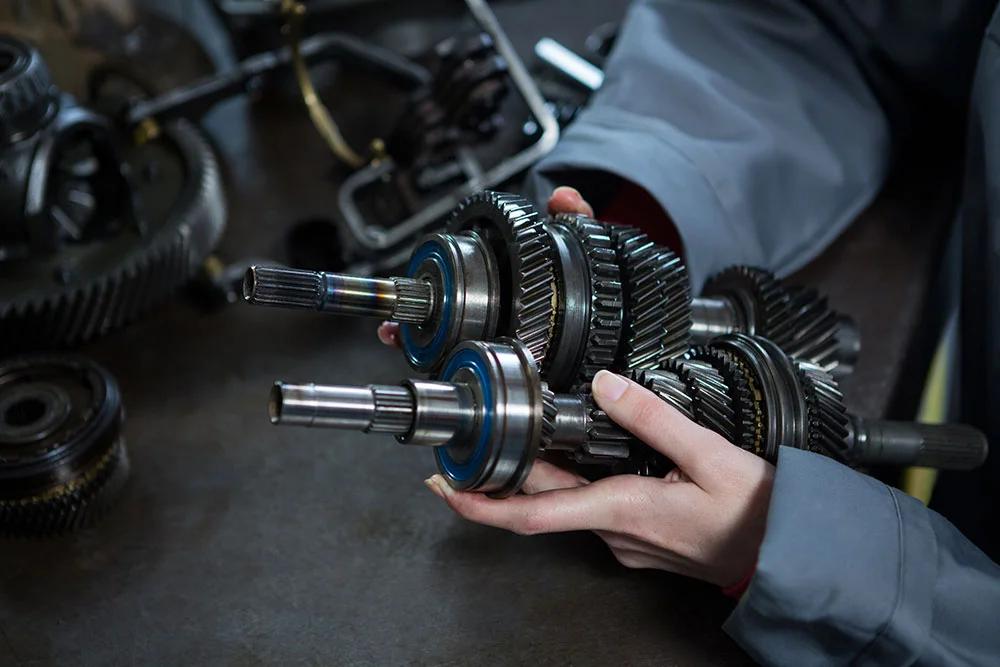
Engine and Machine parts
-
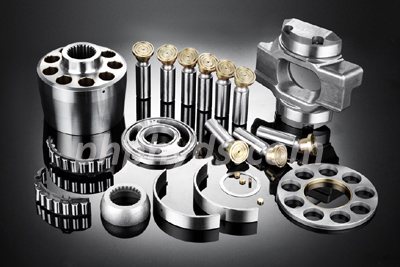
Hydraulic components
-

Pneumatic components
-
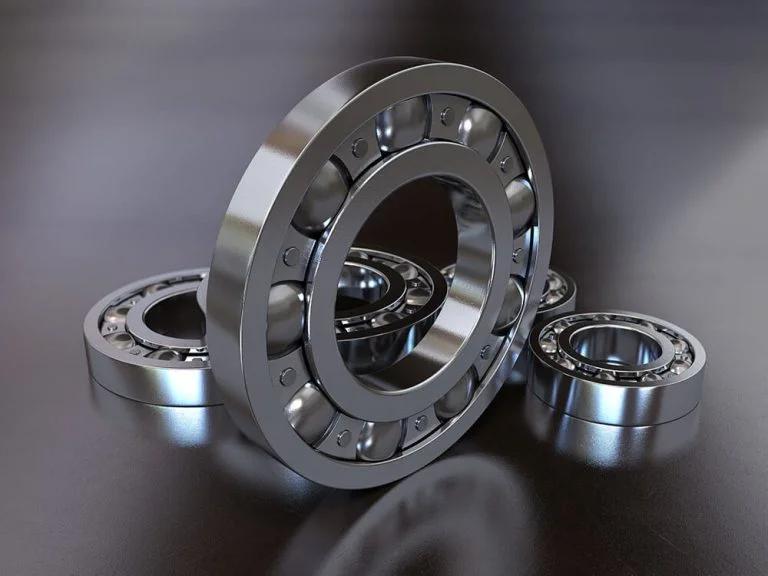
Ball bearings
-
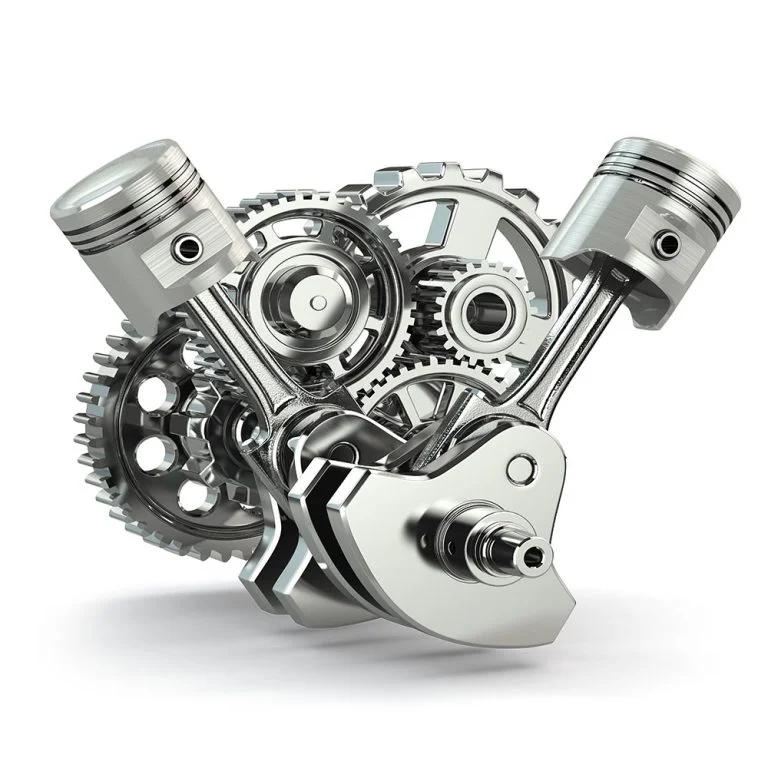
Gear and Train components
-
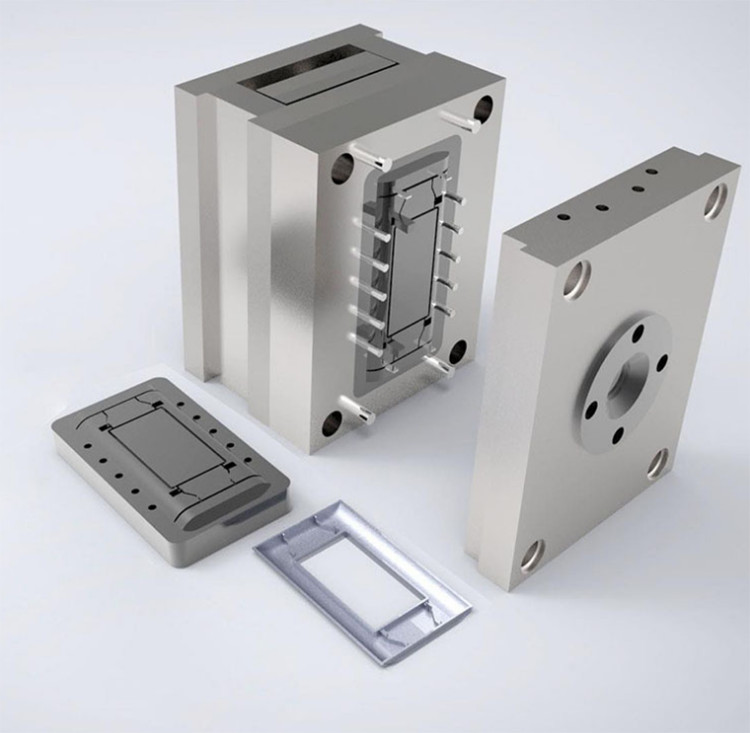
Moulds
-
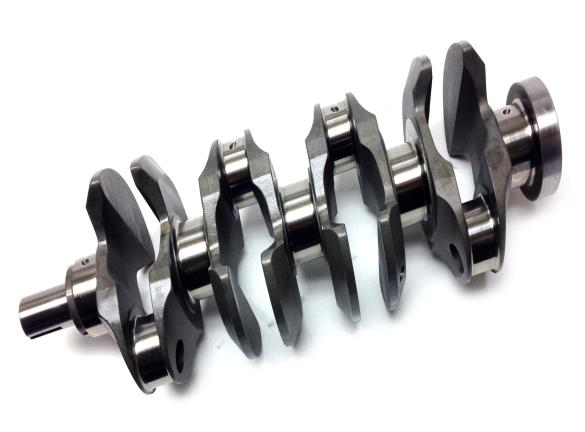
Cranks Cams and Steering devices
-
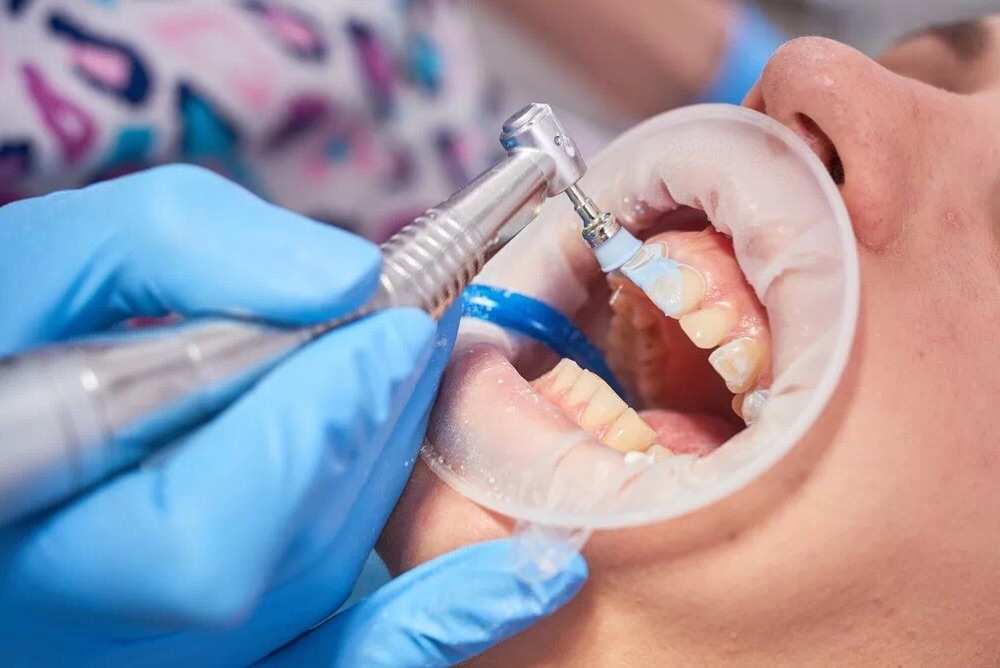
Dental Polishing
-
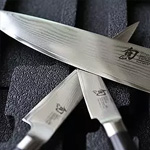
Knife Blade Tools sharpening
-
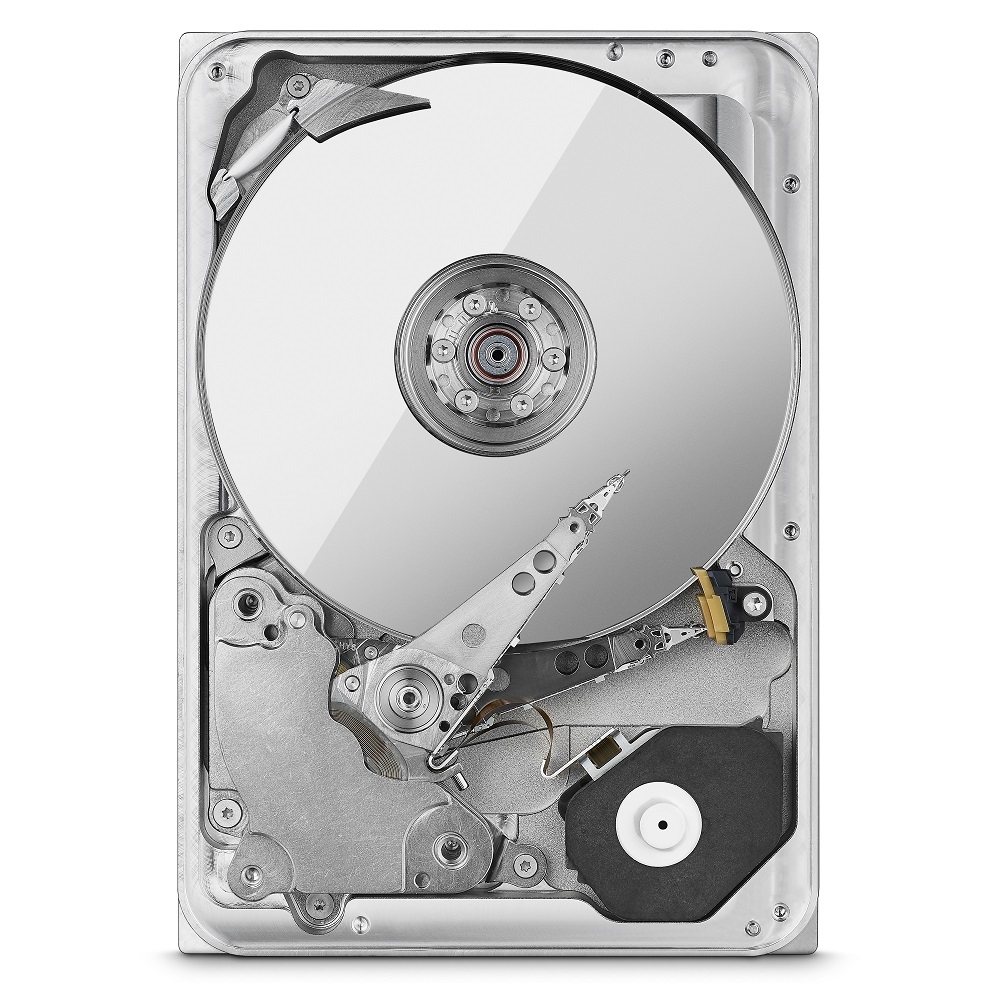
Hard disks and Magnetic head
-
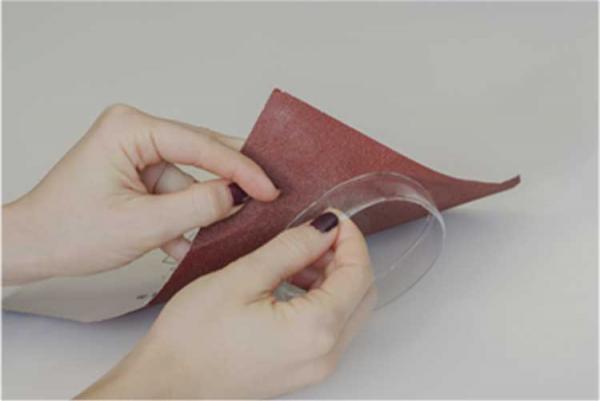
Other parts end face polishing









 Materials and Tools Needed
Materials and Tools Needed Tips for Effective Polishing
Tips for Effective Polishing



























































































